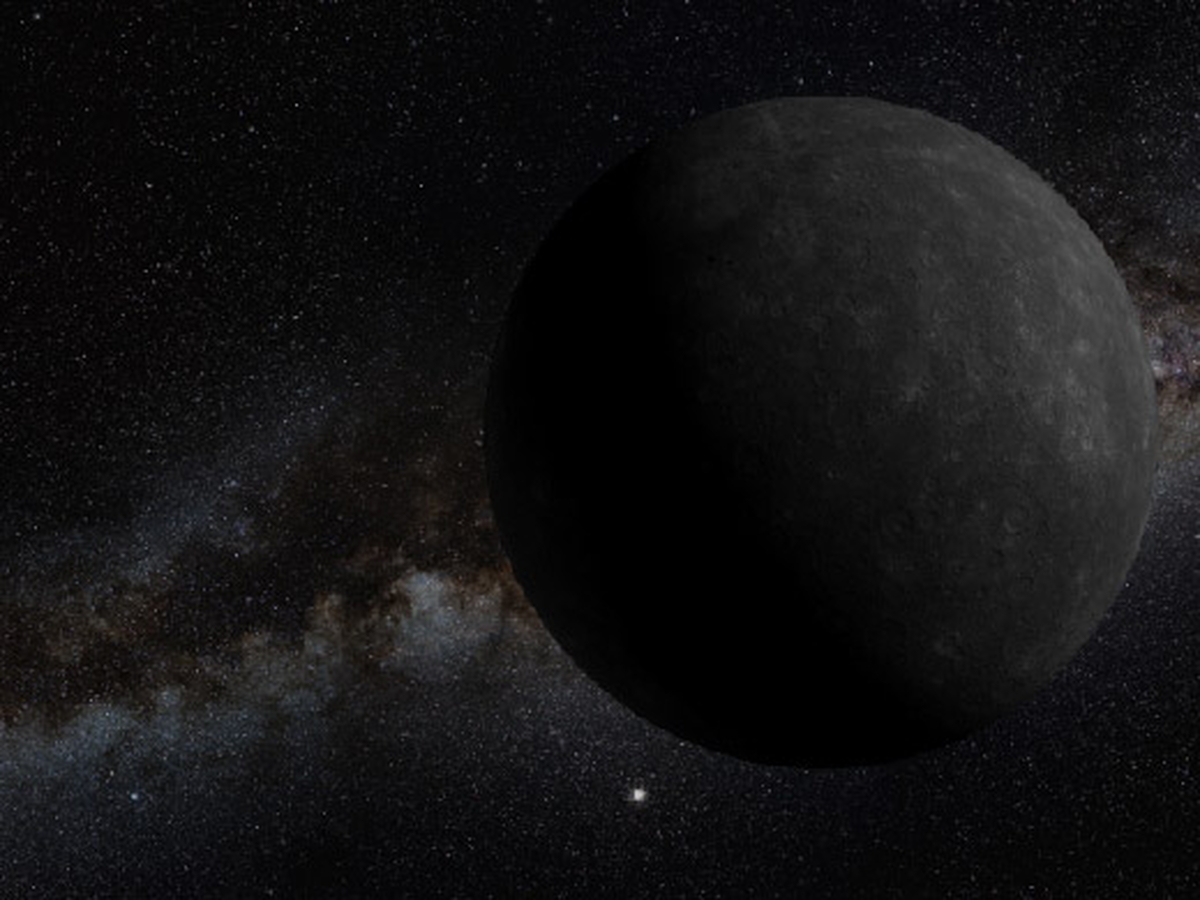Sub-Neptunes are one of the most common classes of exoplanets discovered to date, but their bulk composition remains uncertain. One model consistent with observations is that many of these planets have silicate-rich interiors surrounded by thick hydrogen envelopes captured during formation. However, the hydrogen atmosphere and silicate interior are often modeled as separate, non-interacting layers. Dr. Will Misener demonstrates that considering the thermal and chemical interaction between silicates and hydrogen is vital to understanding these mysterious exoplanets. In particular, allowing silicate vaporization into a hydrogen atmosphere above a magma ocean leads to molecular weight gradients that inhibit convection, altering the atmospheric structure. These chemical interactions also produce reduced silicon species, such as SiH4, which may be observable with JWST.
Get the latest
Subscribe to our newsletters.
